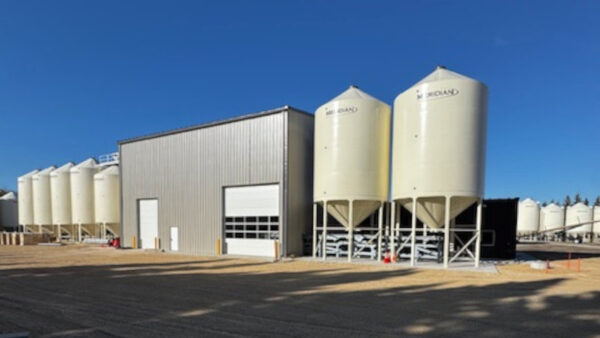Elisha Havanka, an accredited germination analyst at Seed Check, reflects on her journey from novice to mentor.
When I first joined Seed Check in 2017, I had no idea what germination analysis was all about. I came in without a background in seed testing, and like most people in the field, I learned by doing—sitting beside experienced analysts, asking a million questions, and slowly absorbing the knowledge that could only come from hands-on experience.
After several years of learning, I became an accredited germination analyst in 2022. Now, I get the privilege of mentoring new team members, sharing everything I’ve picked up over the years.
This year has been particularly exciting because, for the first time in a long time, we’ve had several new faces join the lab. We’ve got Jake, who’s training to become a seed analyst, Finn, who’s full of energy and curiosity, and my 15-year-old daughter, Lexi, who’s helping out part-time as a lab assistant.
With Time, Comes Knowledge
Mentoring the new staff has made me reflect on my own seed testing journey. Germination testing is part science, part art. Sure, we follow strict protocols, but a lot of the work involves intuition, critical thinking and good old-fashioned detective work.
While many aspects of the job are covered in the training manuals, there are certain things that come second nature over time and are better learned through hands-on experience.
They include:
- Recognizing unusual damage types: Understanding subtle differences between mechanical, chemical or fungal damage takes time and hands-on experience.
- Understanding environmental factors: Weather, soil conditions and harvest times all play a huge role in seed quality, and it’s something you really start to grasp over time.
- Critical thinking when tests don’t match expectations: Troubleshooting unexpected results involves more than just following instructions—it’s about thinking through the “why” behind the data.
- Seed handling techniques: How you handle, store, and test the seeds can make all the difference in the results.
- Dealing with dormancy issues: Knowing how to approach seeds that may need more time or conditions outside of the norm.
- Patterns in seed growth: Recognizing trends that can help predict outcomes—something you only start to notice after handling thousands of samples.
Mentorship is as much about creating confidence as it is about passing on knowledge. Our work might be rooted in science, but the real magic comes from people in the ‘doing’ — and now, with fresh faces breathing life into the lab, we’re reminded that every question is an opportunity to discover something new.











